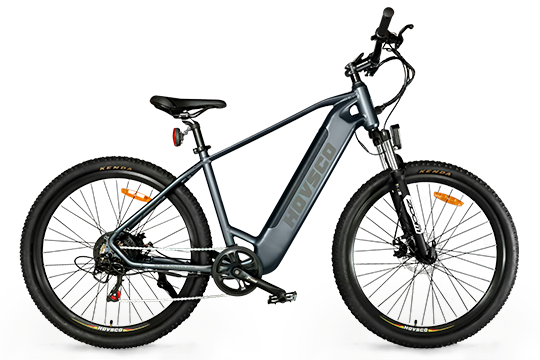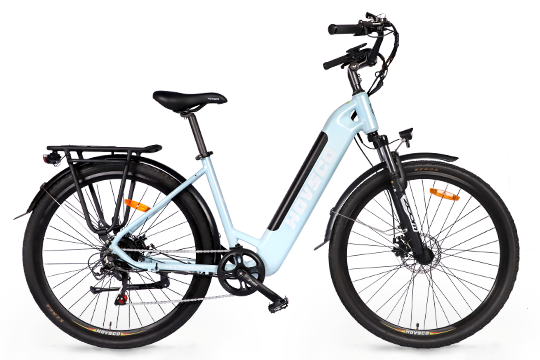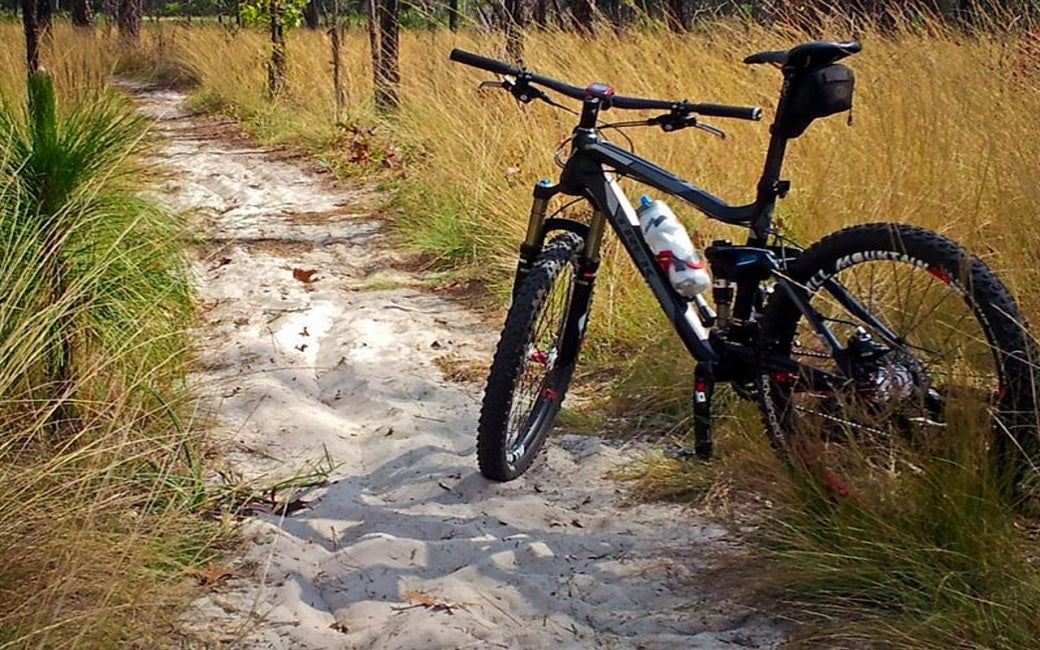Electric Bike Motor and Battery: All You Need to Know

There are three main components of an electric bike: an electric motor, a battery, and a display. The battery supplies power to the motor, but the display also lets you control the amount of power. Knowing the types of drive systems will help you determine which is best for you.
How many types of motor
We currently offer three types of motors for e-bikes: front hub motors, rear hub motors, and mid drive motors. According to customers, the center drive is of better quality, but they have no reason to support this opinion other than an article in a magazine written by a center drive seller. Each type of motor has its own advantages based on what you need, so you should understand that neither is superior to the other.
1. Front hub motor
Due to their power ratings and simplicity, front hub motors are usually the most affordable. Commonly available are 250–350W models, which require fewer magnets and less copper wire, thus keeping cost down. Both 500W and 750W are available, but both increase in price and weight. Due to a lack of freewheel, and a single common fork dropout spacing of 100 millimeters, this layout simplifies assembly, inventory control, and DIY kit conversions. Additionally, flat changes are easier to execute than on a rear-drive bike.
Power is a major drawback. The front hub motor has the least power and torque. When the front wheel is driven by motor and the rear wheel by human, it can cause an unnatural push-pull feeling, affecting steering as well. We do not recommend suspension forks.
2. Rear hub motor
A rear hub motor has more power than a front hub motor, since the rear dropouts can handle the greater torque and 500–750W motors. This extra power is beneficial in the US, where the Class 1 limit is 20 mph (instead of the European standard of 25 kph, or 15.5 mph). For ebikes with top speeds of 28 mph, power becomes a necessity. Motors with rear wheels are ideal for use with throttles because power is applied directly to the rear wheel.
As the need for a freehub/freewheel increases complexity, rear motors are more expensive than front motors. There are variations in rear dropout spacing and axle types that can complicate DIY conversions and lead to broken spokes, even with heavy-gauge spokes. Its weight makes it unsuitable for full suspension, reducing bump performance through unsprung weight. Rear flats are a real pain.
The rear motor is best for riders who need more power or want to incorporate a throttle. There are also some new electric road bikes equipped with small 250W rear hub motors that can be very stealthy, as well as ones with integrated batteries for a traditional-looking, clean look.
3. Mid drive
There are a number of benefits associated with center-drive systems, and they are widely considered to be the best option. In their lowest mode, they typically reach 75 miles per charge or more. Since they drive the cranks like a human-powered bike, they offer the most natural-feeling assist. As a result, they are the ideal choice for performance-oriented bikes, especially because they are lighter.
However, center drives are typically more expensive and require more maintenance. Center-drive bikes can also put additional strain on some bike components, and changing gear ratios may not always be an option, depending on the model.
What capacity battery do you need?
As a general rule, it's best to get the biggest and best battery you can since this will mean shorter charge cycles for the battery and therefore a greater range.
Watt hours (Wh) are a measurement of battery capacity. 400Wh and 500Wh batteries are fast becoming the norm.
How to prolong the life of the e-bike battery
Keep The Battery Cool
Lithium batteries are affected by environmental conditions. If you leave one in your car in the hot sun, your battery will last less. In fact, that would be the worst case scenario: to keep a fully charged battery at elevated temperatures. When not in use, store your bike out of direct sunlight for extended periods of time, and keep your battery in a cool place, preferably below 20°C (68°F). This chart, provided by Battery University, shows the impact of temperature on the recoverable capacity of a battery.
Store A Battery Partially Charged – But Not Too Low!
Additionally, the above chart shows that storing a fully charged battery has an impact on its recoverable capacity. A fully depleted battery can also be hazardous since, as we stated above, a lithium-ion battery will slowly discharge over time even when it is not being used. Depending on how long it's left sitting, a voltage drop below a certain point may cause irreparable cell damage. Ideally, the battery should be charged between about 80% and 40% of its full charge when storing it for an extended period. If your charger has a storage voltage setting, be sure to switch to it before charging. A simple alternative is to ride the bike after it is fully charged and before you store it.
Don’t Regularly Fully Discharge Your Battery
It is astounding that we still see tech sites advising regular full discharge of batteries even when this has been proven to be harmful. it’s best to operate them in the top half of their discharge cycle; lithium batteries don’t have a ‘memory effect’ that some other battery chemistries have. If you are doing short rides on a regular basis, it is slightly better to charge it every few rides rather than every ride (to avoid long periods at or close to 100% charge, as discussed above)
For more information about battery,please check Electric Bike Charger :All You Need to Know in 2022
Final considerations
It might seem like a lot of information and a lot of different things to take into consideration.We demonstrates the dangers of full discharge, importance of these smaller things grows. Informed decisions are more likely to be the right ones for you and your lifestyle. When you find the ebike that best fits your needs, you're sure to get the most enjoyment out of it!






Leave a comment